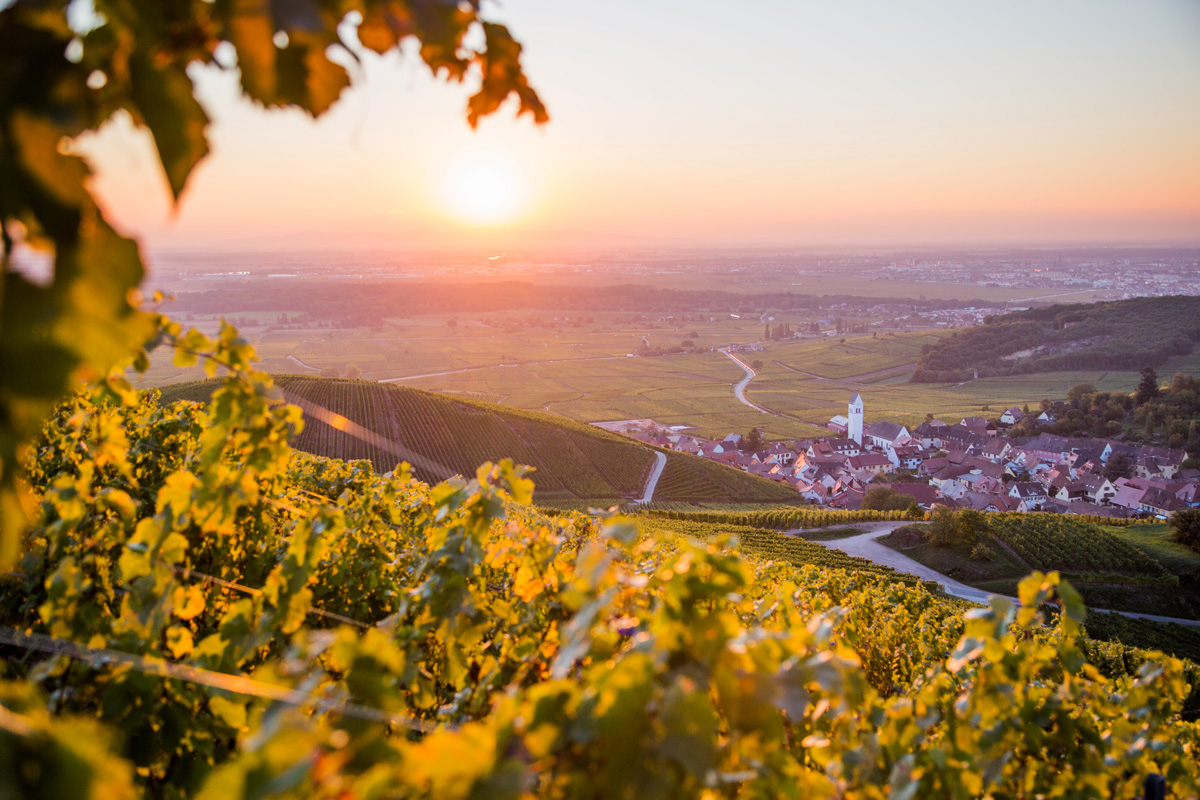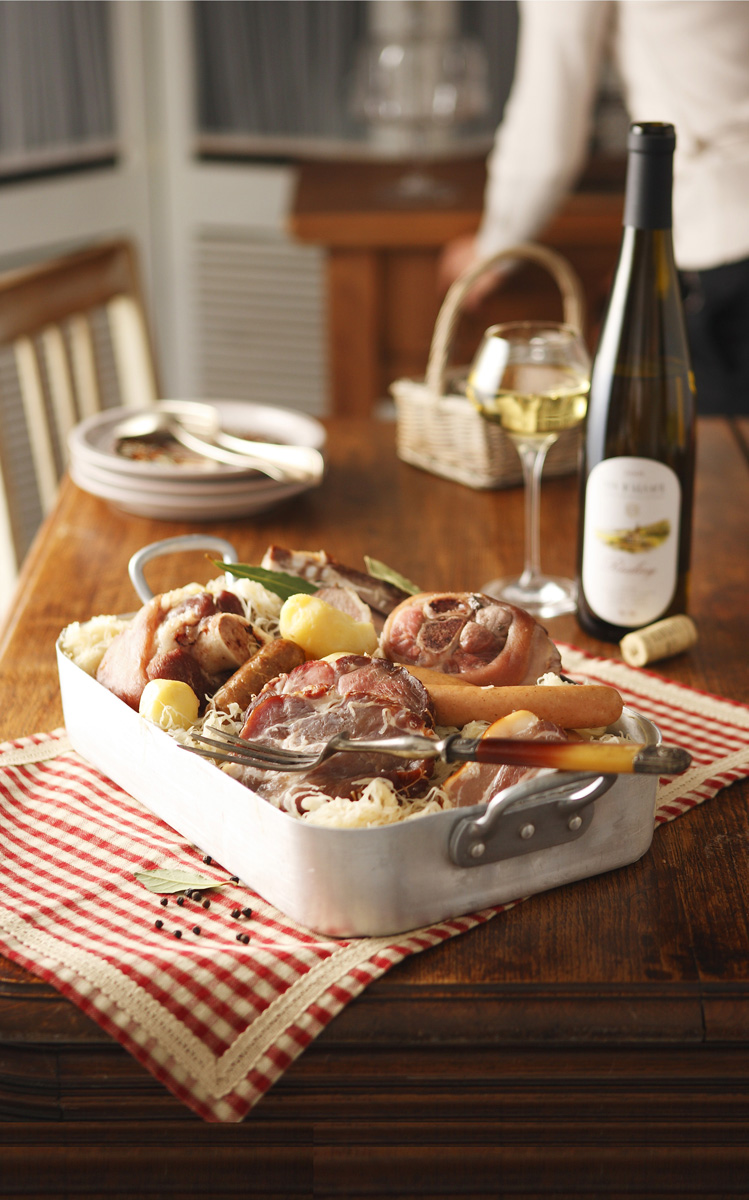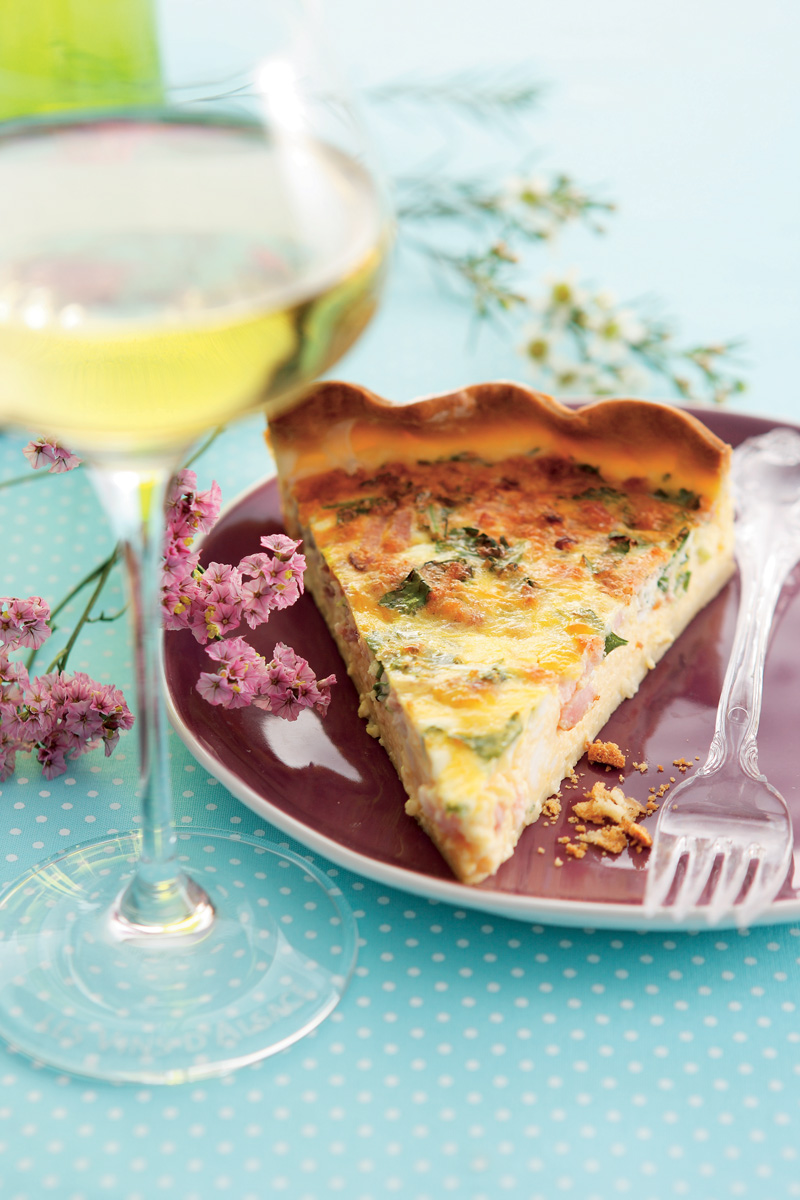
Ontario Wine Culture

Conseil Vins Alsace photo
Remember the days when a vacation was all about sand and sunscreen, or putting another “wonders of the world” pin in your map?
That was before modern wine tourism, when it seemed only connoisseurs sought to indulge in the delights of fine cuisine and rare bottles.
We’ve come far in recent years, partly due to the accessibility of those liquid refreshments at home, and in our expanding thirst to imbibe them. Increasingly, wine regions understand how to best showcase their wares and invite us in.
There are few places more idyllic than Alsace, a region that has been embracing wine tourism longer than most: La Route des Vins d’Alsace was one of the first wine routes in France, established in 1953.
More than 100 magical villages and towns snuggle close to the Vosges Mountains, hugging the 170-kilometre-long narrow wine route that winds past verdant slopes and medieval structures. The German part of Alsace’s heritage is apparent everywhere, especially in the half-timbered wood-beam architecture that lines the cobblestone streets of its charming hamlets, window baskets brimming with boldly hued blossoms.
Yet there is so much more to Alsace than its fairytale-like villages and castles: Its food and wine lures ravenous devotees from around the globe. And with 2,500 kilometres of bike routes, you can indulge while burning off your excesses.
More than 90 per cent of Alsace’s wines are white (you’ll find top-notch Pinot Noirs here, too), which bodes well for the current global taste trend. And while the luscious Pinot Gris, Gewürztraminers and pretty Pinot Blancs are outrageously good, Riesling is the most noteworthy of Alsace’s noble wines.
Just crack open your bottle and enjoy; but don’t forget to grab your fork

Choucroute garnie is the classic Alsatian dish of pickled cabbage “garnished” with sausage and other cured meats. ConseAlso popular is the savoury custard-filled tart known as quiche. Conseil Vins Alsace photos
Pack away what you think you know about Riesling for the moment. Buckle up and prepare to be zapped.
Electric, nervy and bony are three common descriptors for these dry, high-acid Rieslings. They have tension: Imagine strumming the taut string of a guitar, and the twang as it snaps back into place. Wine can feel that way, too. Precise and powerful, they also have notable minerality, which translates into savouriness, making them mouthwateringly perfect with food.
Granted, to outsiders, Alsatian wines can seem complicated, but try not to get caught up in the often-confusing rules governing winemaking in the region. Don’t fuss over stoic labels with tongue-twisting names of villages and vineyards, either—they have a mind-blowing 51 special vineyards, identified by quality and known as grand crus.
Just crack open your bottle and enjoy; but don’t forget to grab your fork.
Beyond the ubiquitous and traditional onion tart (almost always with bacon), choucroute (pickled cabbage), knack (sausage) and baeckeoffe (a hearty meat–based casserole topped with a golden crust), you’ll find elegantly composed salads, artfully plated spaetzle (egg dumplings), perfectly sauced freshwater fish and heavenly cheese carts. Remember, this is still France—and 26 Michelin-starred restaurants can be found in Alsace, too.

Also popular is the savoury custard-filled tart known as quiche. Conseil Vins Alsace photo
You cannot visit without sampling the pizza-like flammekueches (also known as tarte flambée) displayed in bakery windows, or the gingerbread at the themed workshop of Le Palais du Pain d’Épices in Gertwiller, or the massive soft pretzels, best enjoyed while strolling through Colmar.
Naturally these foods marry outlandishly well with Alsatian wines.
Here at home, the food pairings are also endless, especially with British Columbia’s plentiful seafood, sushi, Indian and Chinese cuisines.
Pair bubbly crémants with oysters. Crunchy Rieslings cut like a knife through fatty pork and creamy sauces, but their pristine character fancies white fish, too. Wild mushroom dishes, salmon, smoked cheeses and winter squash love Pinot Gris. Fleshier Gewürztraminers are made for unctuous pâtés, duck and exotically spiced dishes.
Now that you’re dreaming of Alsace, here are a few wines to seek out locally—in case you can’t get there fast enough.
Viticulture in Alsace dates back to at least 58 BCE, by which time the Romans had invaded, fortified and planted vines in the fertile soil of what was then known as “Germania Superior.”
With the decline of the Roman Empire, the region became a Germanic territory; in the 5th century, it became a Frankish one; and from 962 to 1674, it was part of the Holy Roman Empire. Mostly, though, it has swung between German and French rule, a duality that has influenced every aspect of Alsatian culture.
It was divided into the départements of Haut and Bas-Rhin after the French Revolution of 1789 and it was here that the Marseillaise, the revolutionary marching song that became the national anthem, was composed a few years later.
After the Franco-Prussian war of 1870-’71, Alsace and neighbouring Lorraine were annexed by the German Empire. Germany later ceded the region to France after the First World War under the terms of the 1919 Treaty of Versailles. Germany occupied Alsace-Lorraine during the Second World War, and it became a hotbed of resistance, until it was returned to France in 1945.
Today, traces of Alsace’s volatile history can be discovered across the landscape, in its baroque castles, half-timbered houses, Gothic cathedrals, Roman fortifications, WWII-era blockhouses and, of course, the many vineyards as well as its vintage wine route.
Hunawihr Kuhlmann-Platz Vieilles Vignes Pinot Gris
($21) An aromatic wine showcasing classic Pinot Gris stone fruit and pear notes. Off-dry with a slick texture and satisfying weight, it finishes bright and tangy bringing everything into balance.
Willm Gewürztraminer Reserve
($18) This potent and perfumed wine isn’t shy showcasing the grape’s hallmark rose, lychee and Asian spice aromas and flavours. It’s spicy and bold with a mouth coating latte-like texture and a fresh finish.
Trimbach Riesling
($26) Racy and mineral-laden with a nose of apricots, lemon drops and crunchy green apples. It is powerful with impressive weight and length.
Pierre Sparr Cremant D’Alsace Brut Reserve
($20) This honest sparkler is citrusy, floral and well balanced with a creamy palate and a dry toasty elegant finish.
Both Air Canada and Air France offer direct flights from Toronto to Paris; from there you can catch a connecting flight, take a train or drive a rental car to Strasbourg, the capital of Alsace. aircanada.com, airfrance.com
For accommodation, dining and other travel information, visit tourisme-alsace.com.
Discover France’s oldest wine route at alsace-wine-route.com.
To learn more about Alsatian wines, go to winesofalsace.com.

Daenna Van Mulligen is a sommelier, educator, keynote speaker and radio host who launched WineDiva.ca 15 years ago, and WineScores.ca soon after. She is also a regular contributor to TASTE, Vines and Montecristo magazines.

Daenna Van Mulligen is a sommelier, educator, keynote speaker and radio host who launched WineDiva.ca 15 years ago, and WineScores.ca soon after. She is also a regular contributor to TASTE, Vines and Montecristo magazines.
Copyright © 2025 - All Rights Reserved Vitis Magazine